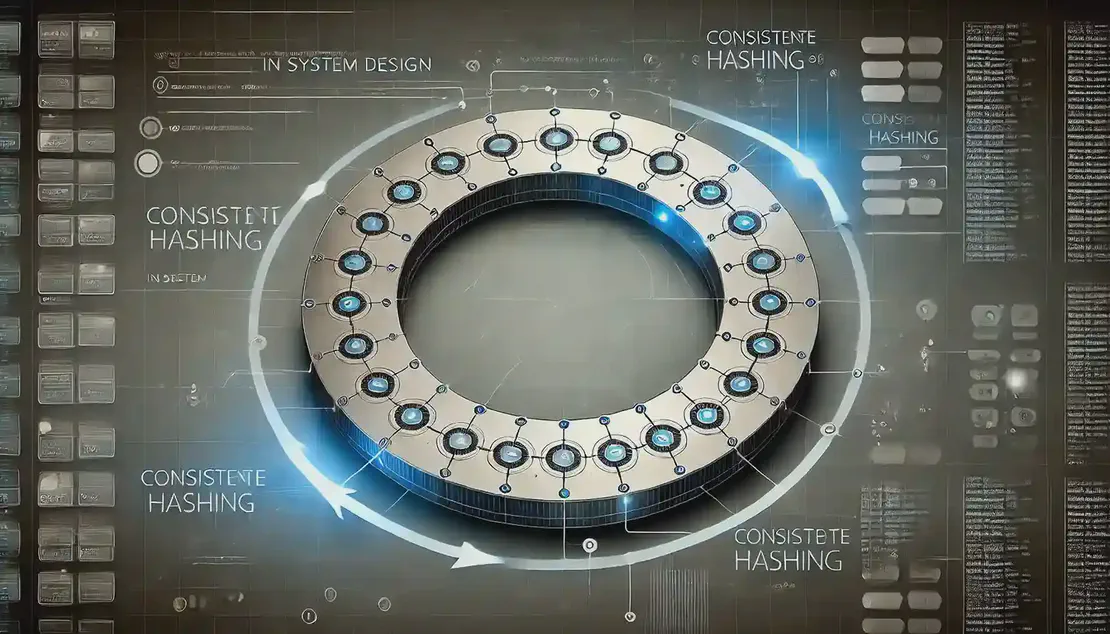
Understanding Event-Driven Architecture
- Vipul Kumar
- Mocroservices , Eda
- October 31, 2024
Table of Contents
🔄 Definition — Event-driven architecture (EDA) is a software design model that focuses on the publication, capture, processing, and storage of events, allowing systems to respond in real-time or near-real-time.
📊 Components — EDA consists of event producers, event routers, and event consumers. Producers generate events, routers filter and push events, and consumers process these events.
🔗 Decoupling — One of the main advantages of EDA is the decoupled nature of systems, allowing independent scaling, updating, and deployment of services.
⏱️ Real-Time Processing — EDA enables real-time processing of events, which is crucial for applications requiring immediate responses, such as IoT and online transactions.
📈 Scalability — EDA supports high scalability and fault tolerance, making it suitable for complex and dynamic workloads.
Key Components
🔧 Event Producers — These are the sources of events, such as microservices, APIs, or IoT devices, that generate and send events to the system.
📡 Event Routers — These components filter and distribute events to the appropriate consumers, acting as intermediaries between producers and consumers.
🖥️ Event Consumers — These are the systems or services that receive and process events, executing specific actions based on the event data.
🔄 Event Channels — These are conduits through which events are transmitted from producers to consumers, ensuring the correct distribution of events.
📜 Event Structure — Events typically consist of a key, value, timestamp, and metadata, providing context and details about the event.
Benefits of EDA
📈 Scalability — EDA allows systems to scale independently, accommodating increased workloads without affecting other components.
🔄 Flexibility — The decoupled nature of EDA enables easy updates and modifications to individual components without disrupting the entire system.
⏱️ Real-Time Response — EDA supports real-time processing, allowing systems to react immediately to events, which is crucial for applications like fraud detection.
🔍 Auditability — Event routers provide a centralized point for auditing and defining policies, enhancing security and compliance.
💰 Cost Efficiency — EDA reduces costs by eliminating the need for continuous polling, leading to lower network and CPU usage.
Challenges and Considerations
🔍 Complexity — EDA can be complex to implement and manage, requiring careful design and monitoring to ensure system reliability.
🧪 Testing — Testing event-driven systems can be challenging due to their asynchronous nature and the need to simulate real-time events.
🔄 Event Ordering — Ensuring the correct order of events can be difficult, especially in distributed systems where events may arrive out of sequence.
🔒 Security — Protecting event data in transit and at rest is crucial, requiring robust encryption and access control measures.
📊 Monitoring — Continuous monitoring is essential to detect and respond to issues promptly, ensuring the system operates smoothly.
Hello everyone! 👋
If you’ve found our channel valuable, let’s bring more people on board!💬
LinkedIn | WhatsApp | Facebook | Daily Dev | Medium | Dev.to | Github

